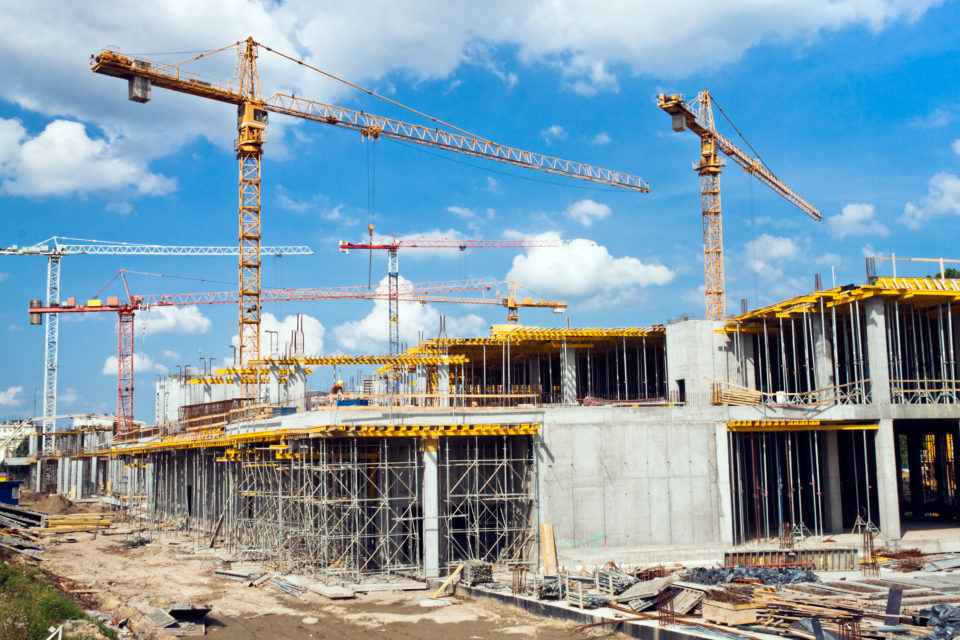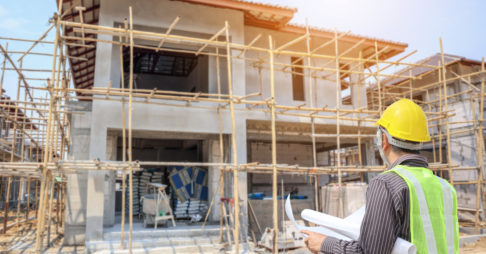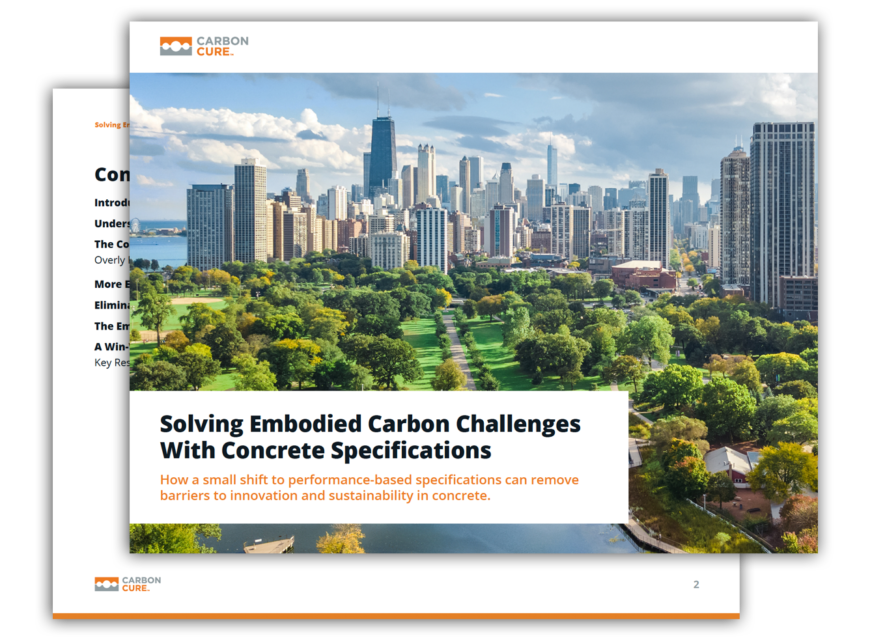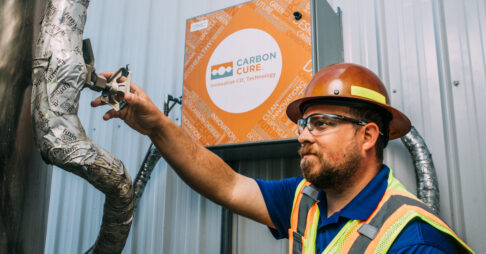At CarbonCure, the question we hear most often from developers, designers, and policymakers is, “CarbonCure sounds like a no-brainer—why aren’t you everywhere?”
CarbonCure reduces the carbon footprint of concrete by introducing recycled CO₂ as an admixture. The technology maintains concrete strength so concrete producers can use less cement while maintaining the performance criteria. Concrete created with CarbonCure is supplied to construction sites with minimal, if any, cost differential. Quite simply, it’s the same concrete with less carbon.
So deployment of our technologies should be easy, right? Actually, not quite. The reality is, CarbonCure—and any other sustainable building material innovation—faces barriers created by outdated specification practices in almost every market where we operate.
This is at odds with emerging policy on climate change, industry missions to reduce carbon emissions and a host of other modern initiatives driving change in construction.

The Difference Between Prescriptive and Performance Specifications
Many commercial projects—and nearly all public building and infrastructure projects—include a form of concrete specifications known as prescriptive specs.
These prescriptive specs outline criteria for how concrete is made. Prescriptive specs prescribe the methods of construction and impose restrictions on the compositional parameters of concrete mix.
Common prescriptive specs include a minimum cement content, maximum water to cement ratio, and maximum percentages of permitted supplementary cementitious materials (cement-replacing materials such as fly ash and slag, which have significantly lower carbon footprints than Ordinary Portland Cement). In some cases, prescriptive specifications may entirely disallow certain ingredients.
Performance specs, conversely, outline specific criteria for how the concrete needs to perform. These specs empower the concrete producers—the experts in concrete mix design—to propose the best concrete mix to meet the performance needs of the required application.
Studies have shown that performance-based concrete specs are more likely to result in better performing concrete, with better sustainability profiles—and often with lower costs—than prescriptive specs.

The Problem with Legacy
Prescriptive specs are so prevalent in the industry, they can be difficult to change. Concrete producers often say things like, “We genuinely care about our community and the environment and we want to adopt sustainable solutions, but our market won’t allow us to do this.”
Herein lies the problem. A major problem.
There is a misconception that more cement makes better concrete. However, research over the past 100 years has shown that it’s not cement content that controls the strength or permeability of concrete, its water to cementing materials ratio. In some cases, more cement can actually result in poorer concrete. In all cases, over-prescribed cement increases the embodied carbon of the concrete.

Movements for Positive Change
The good news is that change is coming. SE2050, Architecture2030, the Carbon Leadership Forum and a host of other industry bodies are pushing for change in the industry and actively seeking ways to reduce embodied carbon. Governments are creating policies, resolutions, and building codes to encourage a reduction in embodied carbon in the built environment. All of this is contributing to the rise of performance-based specs. But we can only gain momentum when more specificers join the performance-based specs movement.
Read our eBook, Solving Embodied Carbon Challenges with Concrete Specifications, to learn more about strategies to eliminate embodied carbon, including adopting performance-based concrete specs.


